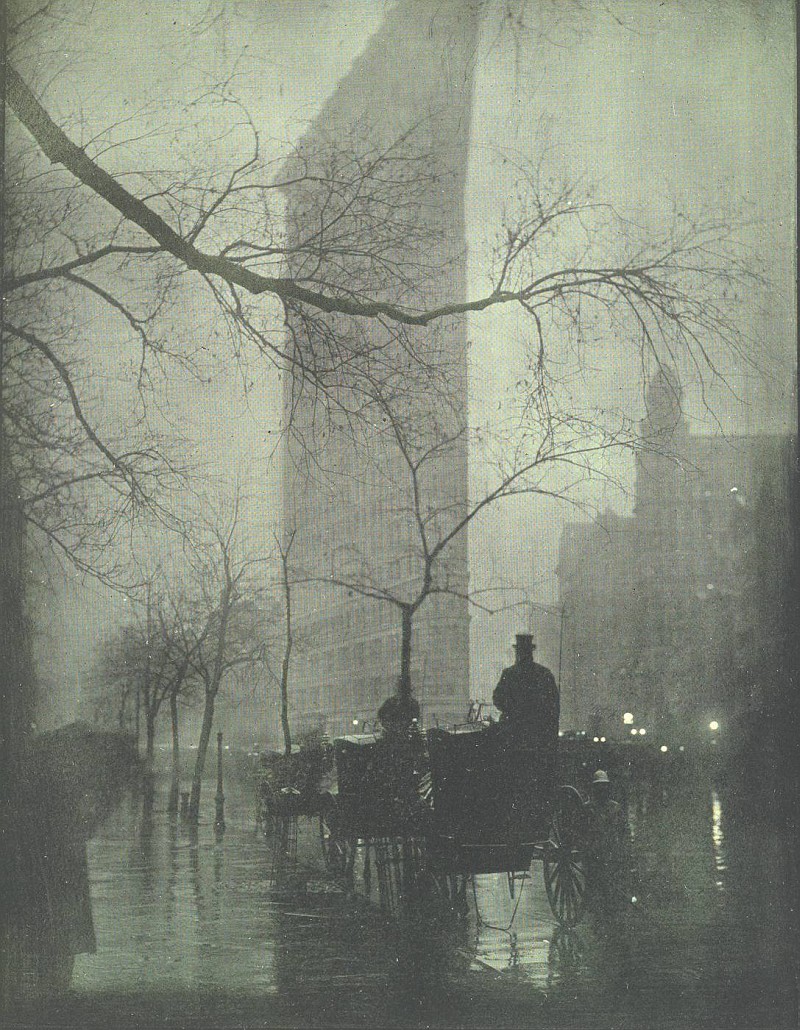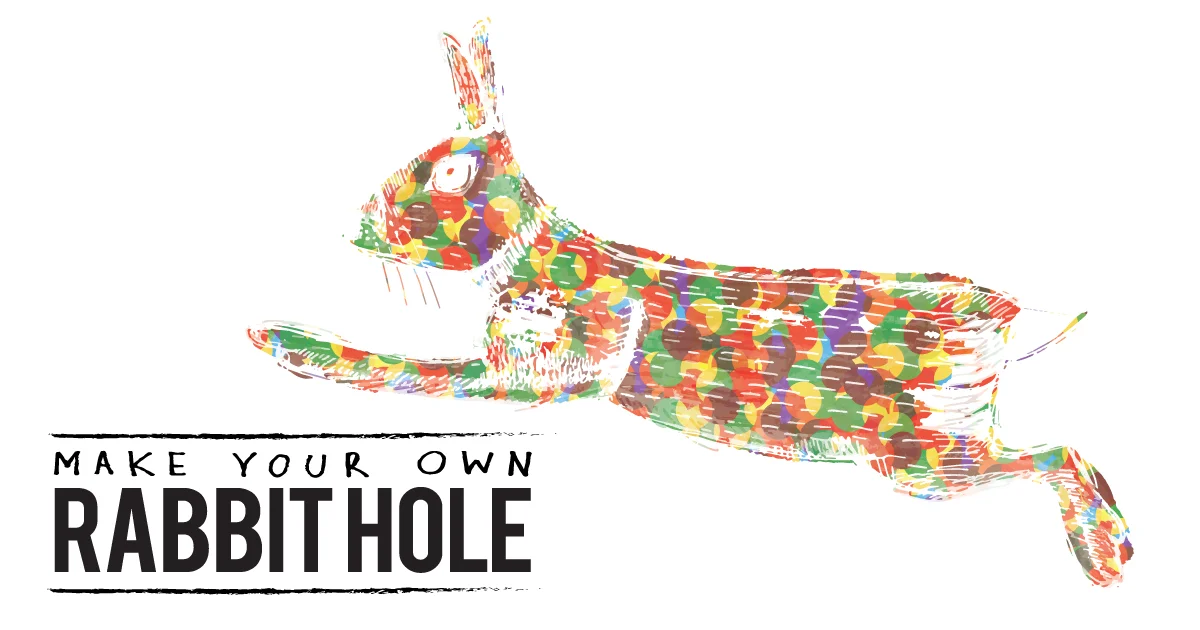365 Artist Dates: Two
/I'm discovering, if I'm going to be creative every day for 365 straight days, I need to find things that are simple, fun and quick.
So, week two, I tried not to over-think things. Like Clint Eastwood says, "If you think about something long enough, you'll find a million reasons why not to do it."
8. 'Cherry picked' a book

There are a gazillion fantastic books out there to read—a hundred or so of them are sitting on my bedside table.
Teaching at uni, we encourage students to 'cherry pick' information if they have to. You can't read everything, after all. But although I give this advice all the time, I don't always follow it. So for this artist date, I grabbed a book that was well-worth my scrupulous attention and flicked through it, only stopping when something caught my eye.
The book I butchered with my laziness was Edward Hirsch's How to read a poem. Here are three things that caught my eye.
1. A beautiful quote by Paul Valéry:
"The power of verse stems from an indefinable harmony between what it says and what it is." (xi)
2. Just like that 'indefinable harmony' between form and content that Valéry speaks about...
...Hirsch's delivery in How to read a poem matches the message. Hirsch wants us to have a rich experience of poetry, and so he writes with the same richness, saying things like:
"The poem delivers on our spiritual lives precisely because it simultaneously gives us the gift of intimacy and interiority, privacy and participation." (5)
Or in the preface... "Many subjects come into my purview [in this book], many more evade me, but always the individual poem stands as my touchstone, my talisman, my naked truth." (xi)
3. A quote from Robert Graves about poetry being 'stored magic':
"True poetic practice implies a mind so miraculously attuned and illuminated that it can form words, by a chain of more-than-coincidences, into a living entity—a poem that goes about on its own (for centuries after the author’s death, perhaps) affecting readers with its stored magic." (6)
I love the idea of poems 'going about on their own' and finding readers to pick and unpack them. I like the idea of us as readers becoming, on the one hand, spellbound by the magic stored within the poem itself; and on the other, being surprised by the poem's affinity with our present experience. After all, as Hirsch says,
"The reader completes the poem, in the process bringing to it his or her own past experiences. You are reading poetry—I mean really reading it—when you feel encountered and changed by a poem, when you feel its seismic vibrations, the sounding of your depths." (6)
9. Pinned pictures by my favourite photographer
Edward Steichen was not only a photographer, but a painter also, and it shows. There's this painterly quality to his photographic compositions. Steichen is also considered one of the very first fashion photographers, working for Vogue and Vanity Fair from 1923 to 1938.
I've always wanted to find a way to mimic his style, particularly his elegant sense of composition and his use of light, so I started a new Pinterest board to pin a whole bunch of his photos.
10. Did nothing for 10 minutes
I tried this exercise I found on Digital Photography School's website. The title of the post was A 15 Minute Exercise to Help You Improve Your Photography.
Basically, the exercise is this:
Pick a place—your garden, the kitchen, etc.—and walk around the space thinking of shots you could take. During this first phase, you're not allowed to take any photos; you're only allowed to think about the pictures you'd like to make, finding different things to shoot, positions, light, exposure, and so on. Then, after the ten minutes is up, you can take the shots you planned during the first phase.
The space I chose was my front porch, and the exercise was surprisingly effective. I didn't exactly get the shots I wanted, but not taking pictures during the first ten minutes opened up a wealth of things to shoot. I often feel I don't have anything worth taking pictures of, but this exercise opened my eyes to a whole field of possibilities that I wouldn't have seen had I been absently snapping away without thinking.
11. Made herb soup
The other day, I bought a second-hand copy of The Silver Spoon—a popular Italian cookbook with over 2000 dishes. The first recipe I opened to sounded gooood—herb soup.
Most of the soup recipes in Silver Spoon are 100 words or less. This recipe's instructions, compressed even further and filtered through my usual schtick in the kitchen, runs something like this:
Onion, diced finely, sautéed in butter. 4 or 5 large potatoes, diced; some dried oregano; any other herbs on hand (thyme, flat leaf parsley, bay leaves, etc.). Fry gently for 10-15 minutes. Then add 6 or so cups of stock. Simmer until the potatoes fall apart. Grated Parmesan. Fresh basil. Serve.
This book is going to be a good friend.
Also, released two short films and a new blog to go with it!
12. Did some collage
I used to make collages all the time, but I've let it slide big time. On the weekend I bought a beautiful book called Cut and Paste: 21st Century Collage by Richard Brereton with Caroline Roberts, which inspired me to get back into it.
Sometimes to save time, rather than stick the images down with glue, I just cut them out, arrange them on a board, and photograph them.
13. Started work on my next project
I've decided my next mini-film project is going to be experimental.
The working title so far has been Cling Wrap: The Movie. (Once this stops being funny to me, it might be called Legacy, but I'm not sure when that's going to stop being funny.)
The project is inspired by something I read a few weeks back that's been haunting me:
"Every piece of plastic ever made still exists today."
So, for this artist date, I shot some test footage. The shots above are of cling wrap and are made using a cross polarisation technique. (But I'll be yapping on about this project some more sometime later, I'm sure.)
14. Tried to decode the style of my favorite photographer
After pinning all those photographs by Edward Steichen, I thought I'd spend 20 minutes looking at them, and coming up with adjectives and other descriptors that capture what it is I like about his work. Hopefully, this will improve my film/photo-making skills.

Hmmm, might make a good subject for a post sometime...
Rabbit
This week’s Rabbit Hole is two parter! Here’s part one, “365 Artist Dates”.



















Painter Tracey Read talks about spending four weeks painting and drawing her way around Italy.